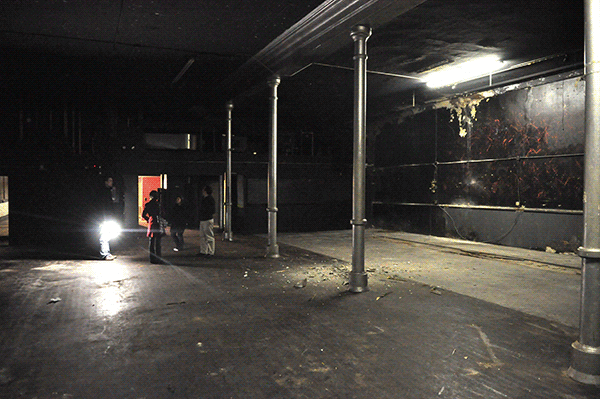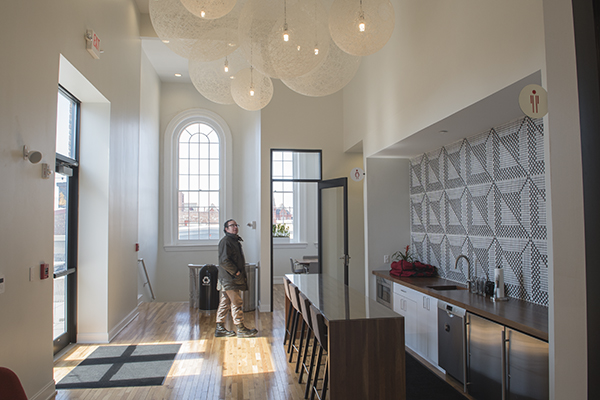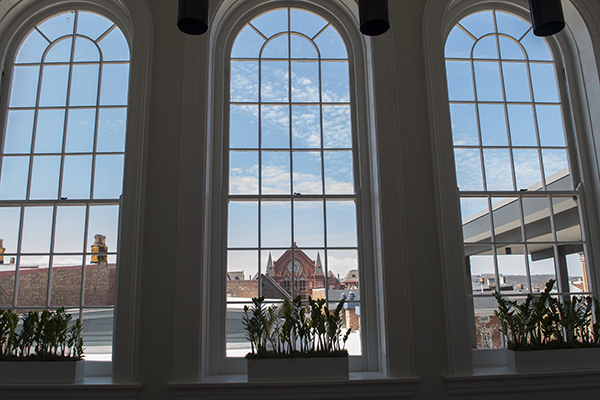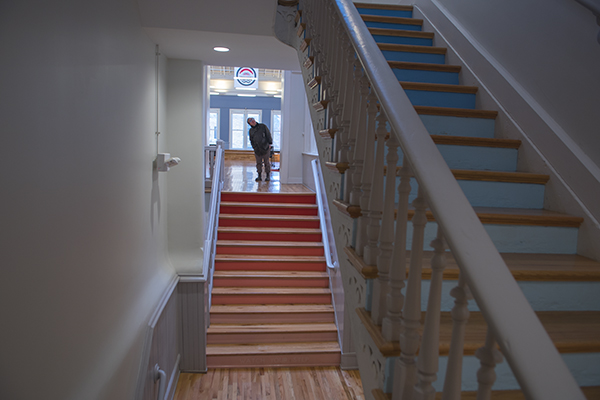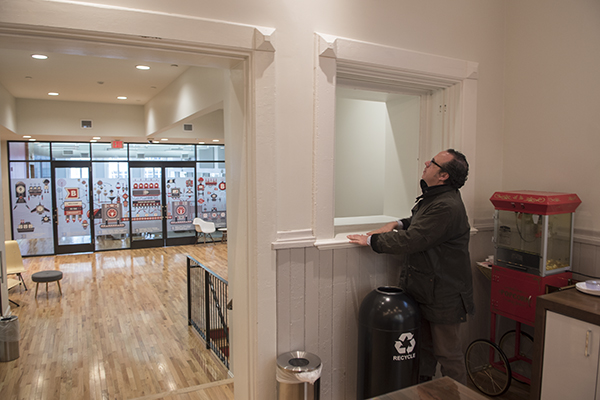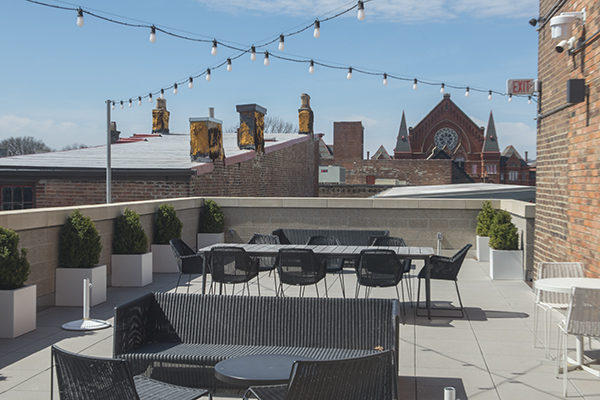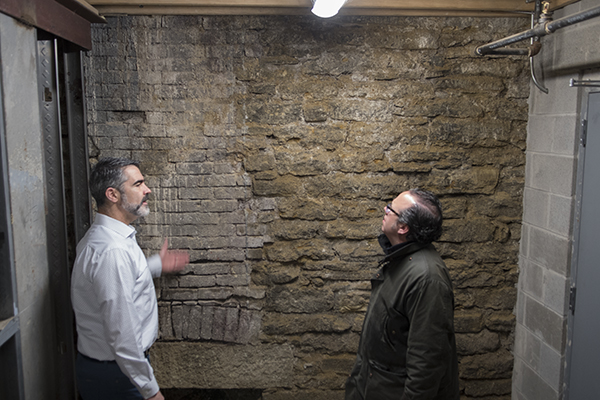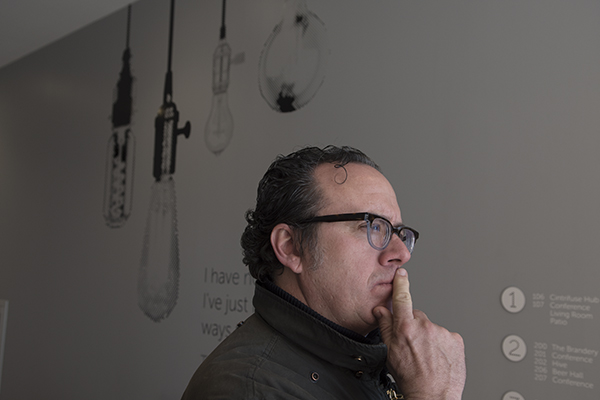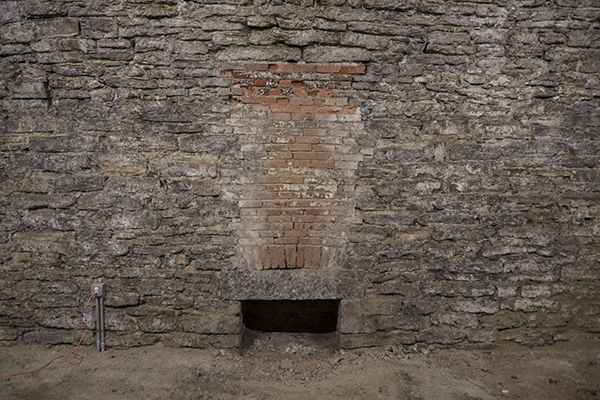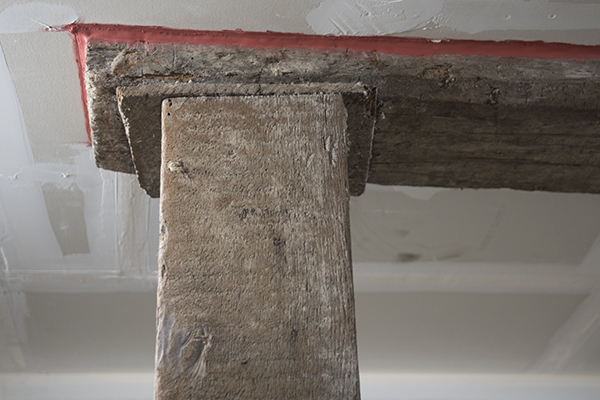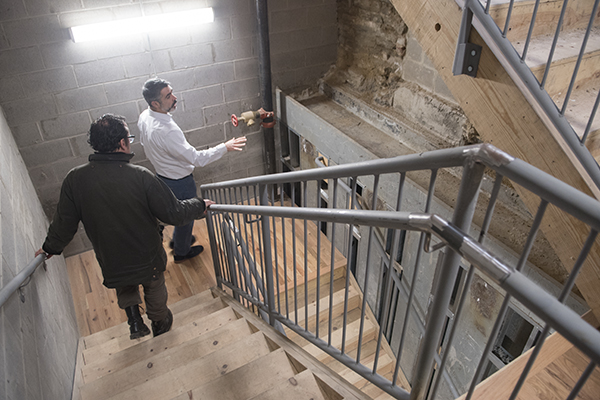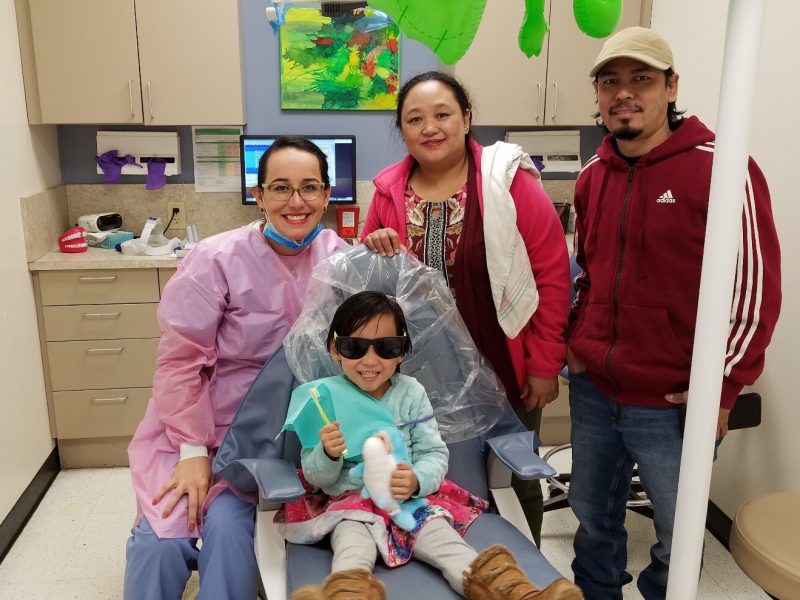Soapdish: Revisiting 1313 Vine, from beer hall to night club to entrepreneur hub and beyond
In an example of adaptive reuse at its most challenging, 1313 Vine has played host to a number of entertainment venues over its 170-year history. Now home to Cintrifuse’s Union Hall, the building’s still intact lagering cellars foretell a future that echoes Cincinnati’s fun-loving past.
Vine Street, past and present, occupies something of a prominent role in Cincinnati’s eating and drinking scene. Historically, an explosion of watering holes, ornate beer palaces, dance halls and vaudeville joints stretched along the entertainment spine, from the river to the top of the hill. At its late 19th century zenith, there were no fewer than 113 drinking establishments lining the road to McMillan.
The thoroughfare played a central role in sating the merry-making needs of the common folk, while no doubt slaking their prodigious thirst for beer in the process. (Goes an oft-cited factoid: In 1893, average annual beer consumption for every man, woman and child in Cincinnati was 40 gallons; the national average was 16).
Eight years ago, Soapbox photographer Scott Beseler and I had the opportunity to explore the building at 1313 Vine, which was previously home to The Warehouse, a nightclub fondly encapsulated in the hazy memories of goth/punk club-goers in the late 1990s-early 2000s.
As I wrote then, the space sat vacant until 2006, when 3CDC acquired it and embarked on a plan to shore it up and prepare it for future tenants. The building is now home to Cintrifuse’s Union Hall, an entrepreneurial hub and co-working space.
Excited by the prospect of reliving our 2009 visit, Beseler and I met recently with Cintrifuse spokesperson Eric Weissmann to see what’s changed. It turns out, given the $17 million spent thus far on rehabilitation, the answer to that query is: a lot.
Prime real estate on a ‘melting pot’ street
In its 19th century heyday, the 1855-era building served a variety of purposes, hosting regular meetings of laborers, nationality groups, prize fights, weddings and wrestling matches in its sprawling beer hall.
According to a 1943 Works Progress Administration guide: “From time to time, the music of nearly every European people had its innings here, and Magyar, Slav and Teuton spoke with an abandon that was startling to the casual outsider.”
Vine Street, in many ways, was the hub of it all — a melting pot of thrill seekers, hucksters, gourmands, sharpshooters, enterprising businessmen, political leaders, chorus girls and everyone in between.
The WPA guide description continues: “Generous, big-hearted Vine cast its spell upon all kinds of people: con men, beggars, prize fighters, trollops, ward heelers, sports and garden variety citizens. Beloved fixtures were Wienerwurst Mike, hawking wieners, bratwurst and frankfurters, and Simon the Hot Corn Man selling corn in the husk with an ample hunk of butter.”
Perhaps today’s Vine Street is not so different, with wienerwurst Dan Wright hawking his gourmet hot dogs at Senate, celebrity athletes parking their Lamborghinis in front of Kaze and the ever-present panhandling on every corner. There may be fewer prizefighters and ward heelers than in the glory days, but OTR certainly retains a plethora of “garden variety citizens” eating, drinking, shopping, riding the streetcar and reveling in a neighborhood, which, upon facing its nadir, looked back and embraced historic roots to pave a pathway to a 21st century renaissance.
The building’s variety of uses is reflected in a litany of names over the years: Music Hall, Germania Hall, Tivoli Beer Garden at 1313 Vine, Union Hall and Cosmopolitan Hall — to name a few. Erected on the site of a small brewery, the building also features an enormous barrel-vaulted sub-basement catacomb stretching from Republic to Vine.
Creating a different kind of club
Back when I wrote that 2009 column, the building’s future was unknown, but repair work was being done to it (along with its neighbors, 1311 and 1315). The first floor bore scars of the former nightclub tenant, with walls painted “club black” and the purple glow of lint-enhancing blacklight bulbs still buzzing in the foyer and entryway.
The building’s sheer size was daunting for redevelopment purposes, to be sure, and 3CDC’s goal at the outset was to stabilize the building and find a suitable tenant. Easy enough.
Six years and $17 million later, in August 2015, the three fully renovated buildings reopened, assuming the former moniker of Union Hall. The three buildings now serve as something of a petri dish for local entrepreneurs, with 38,000 square feet committed to co-working space with tenants that include seed-stage tech fund CincyTech and seed-stage accelerator The Brandery, which relocated from its former home at 14th and Vine.
In its reawakened state, Union Hall presents a hub for innovation, attracting entrepreneurs, investors and service providers from the region and beyond.
1313 Vine contains ecosystems of ingenuity; the rear first level (formerly The Warehouse’s dance floor) houses Cintrifuse and its 270 tech- or tech-enabled startup members. Union Hall proper consists of common areas and workspaces used by about 70 resident members.
The echoing ghost tongues of 1890s-era Slavs and Magyars has been replaced by the steady click and tap of laptops and tech buzzwords in a 21st-century business-casual setting.
Wandering the maze of floors and warren of rooms, conference tables and coffee stations, I chatted with several friends and acquaintances working in various capacities. While the space had changed dramatically from our prior visit, vestiges of the past remain omnipresent — the ornate wooden corbels and spindles of the grand old staircase leading up to the second-floor dance hall, for example — but in an entirely retrofitted environment. Indeed, almost of all of 1311 is new, save for the preserved facade, the rest having collapsed on itself. In a testament to how much — or perhaps how little — has changed, the foyers of 1313 and 1315 are now occupied by Panino restaurant and bar.
A stroll through the revamped buildings, however, reveals unique features of the past, from the restored, still-functioning, shimmering, single-pane 10-by-5-foot Palladian windows on the fourth floor, to a conference-floor view of Music Hall that looks like it belongs in a museum.
One of the space’s most unique features is the old sub-basement, a barrel-vaulted arch of stone located deep within the bowels of 1313 Vine. When we originally explored it eight years ago, the only access was via a steep ladder leaning against an abandoned freight elevator shaft, and passage across the first chamber was done via tightrope walking a crazy, quilted path of 2-by-4 planks strewn across the ground. A disturbing white mold, straight from an alien spacecraft, meandered up the wall in the far chamber.
On this visit, however, we descended via staircase, past massive steel reinforcements (added during renovations) and adjacent to a restored elevator. The rubble-and-debris flooring had been replaced with a handsome sand floor, with space carved out for kitchen facilities if the need arises. According to Weissmann, the goal is to attract restaurants or retail, with an entrance at the rear of the building (off Republic) that will add street-level energy to a block that now includes popular food-and-drink spots Salazar and Low Spark.
Little doubt the restored sub-basement could be reimagined as a Bohemian beer hall or similarly styled restaurant. This video offers a 3-D rendering of the existing sub-floors beneath 1313 Vine.
Cincinnati’s smart reuse efforts continue
Admittedly, higher meaning from this exploration — aside from a teed-up opportunity for dramatic before-and-after photos — is elusive at best.
That said, in today’s challenging climate of historic preservation and adaptive reuse, it should be noted that the renovation project at 1313 Vine is about as perfect a marriage of a sprawling, 38,000-square-foot beer hall with a modern tenant as one could imagine. While neighboring churches have been converted to bars and breweries, finding the right fit for 1313 Vine was a delicate merging of 19th-century architecture with 21st-century needs.
Union Hall might not recapture all the energy of the building’s 1890s heyday, but its role — and the role of Vine Street as a hub of Cincinnati’s culinary and entertainment scene — is reimagined with a modern twist, replacing vaudeville strongmen and sharpshooting displays with entrepreneurs and tech startups.
Now, all we need to complete the picture is Simon the Hot Corn Man, peddling his husked wares with an ample hunk of butter.



